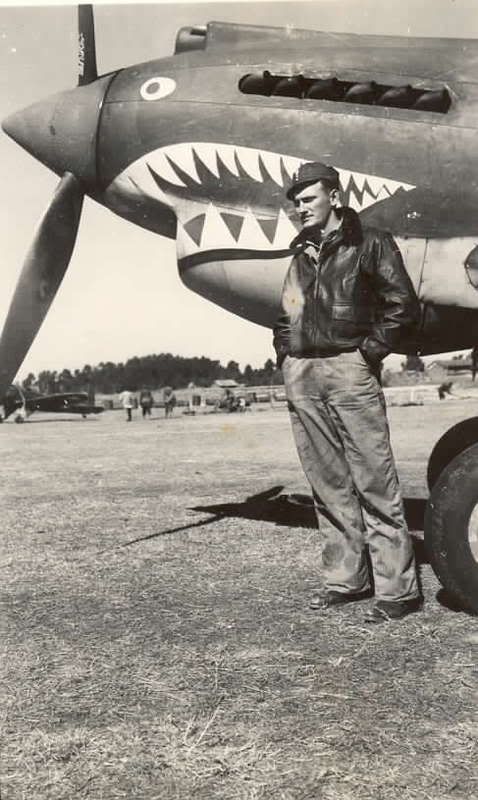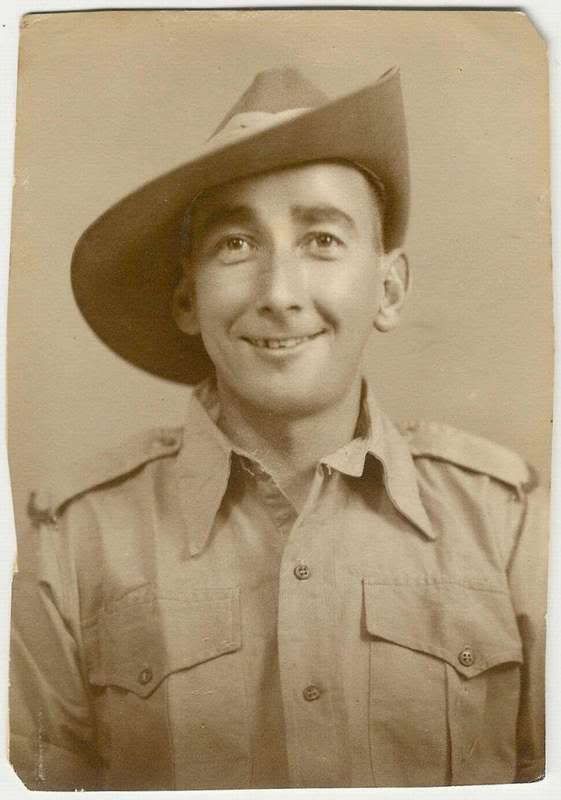deanglen
My Mail is Forwarded Here
- Messages
- 3,159
- Location
- Fenton, Michigan, USA
Maj.Nick Danger said:And of course the shark's mouth on the P-40
That's what I have always found so strange, the Chinese called them flying "Tigers".[huh] Isn't it pretty clearly a shark? :eusa_doh: Had they never heard of or seen
sharks before? Sharks don't fly? Well neither do tigers. Tigers are more aggressive? Well, I'm sure the tactics Chennault used were closer to sharks attacking rather than tigers. I know this seems a small point, but one have often thought of when I hear what they were called.
dean




